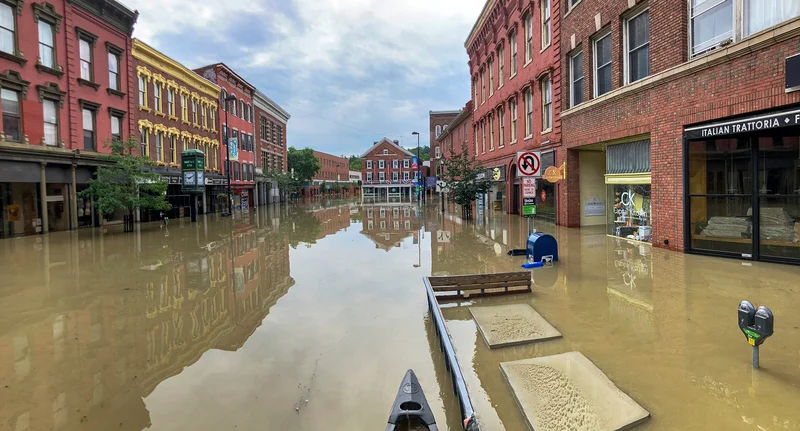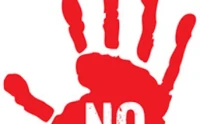As Water Damage Claims Rise, Are Restoration Companies Prepared for the Deluge?
Recent reports paint a concerning picture: water damage incidents are on the rise. From Portland's aging infrastructure woes to Miami's hurricane-fueled floods, the demand for water damage restoration services is clearly increasing. But is the industry truly ready to handle this surge, or are we looking at a market about to be overwhelmed?
The Rising Tide of Water Damage
The data doesn’t lie. Portland, for instance, saw a major water main break in late August affecting 60 homes. Miami is bracing for another active hurricane season. Phoenix faces unique moisture challenges thanks to its climate (rapid temperature swings and monsoon season – a brutal combo). These aren't isolated incidents; they’re symptoms of a larger problem.
Cougar Restoration in Portland is enhancing its emergency response. Gateway Restoration in Phoenix is touting its IICRC certifications. All Dry Services of Miami is reporting a surge in emergency flood calls. All good, right? Companies are reacting to the market. But let's dig a little deeper.
The press releases highlight advanced equipment – thermal imaging, industrial-grade dehumidifiers, antimicrobial treatments. They emphasize rapid response times (Gateway Restoration claims under 60 minutes for emergencies). But what's the actual capacity? How many simultaneous emergencies can these companies realistically handle, especially during a major event like a hurricane?
And this is the part of the report that I find genuinely puzzling. The press releases are full of claims of enhanced capabilities, but there's a distinct lack of hard numbers. How many new technicians have been hired? What's the investment in new equipment, specifically? We see vague statements about "expanding service capabilities," but without quantifiable metrics, it's just marketing fluff.

Cracks in the Foundation?
It’s not just about having the right equipment; it’s about having enough trained personnel. The articles mention IICRC certifications, which is a good start. But maintaining those certifications requires ongoing education. Are companies investing enough in training to keep up with the evolving techniques and technologies? Or are they just checking a box to appear compliant?
Consider All Dry Services of Miami. They emphasize in-house staff versus subcontractors. That’s a smart move for quality control. But even with that internal structure, how do they scale during a major hurricane when demand spikes exponentially? Can they truly maintain their service standards when every property owner in South Florida is calling at once? All Dry Services of Miami Reports Surge in Emergency Flood Calls During Peak Hurricane Season
Here's where the anecdotal data becomes relevant. Online forums and community groups are buzzing with discussions about restoration services. The sentiment is generally positive towards companies that respond quickly and communicate clearly. But there are also recurring complaints about delays, unmet promises, and hidden fees. The discrepancy between the marketing and the on-the-ground reality is telling.
And what about the cost? All Dry Services of Miami offers free estimates and transparent pricing. Gateway Restoration offers direct insurance billing. These are good selling points, but the economic impact of water damage extends far beyond immediate repair costs. It affects property values, insurance premiums, and potentially long-term health. Are restoration companies adequately addressing these broader financial implications?
A Looming Crisis of Confidence?
The water damage restoration industry is facing a perfect storm (pun intended). Increased demand, aging infrastructure, unpredictable weather patterns – all converging to create a challenging environment. While companies are making efforts to adapt, the lack of transparency and quantifiable data raises serious questions about their true preparedness. Are they genuinely ready for the deluge, or are they just patching holes in a dam about to burst?
Smoke and Mirrors?
The data suggests a potential gap between the industry's claims and its actual capabilities. Without more transparency and concrete metrics, it's difficult to assess whether restoration companies are truly prepared for the rising tide of water damage claims or simply riding the wave of fear. The numbers, or lack thereof, speak volumes.










